Private Sector Playbook
Successful experiential marketing examples from the business world
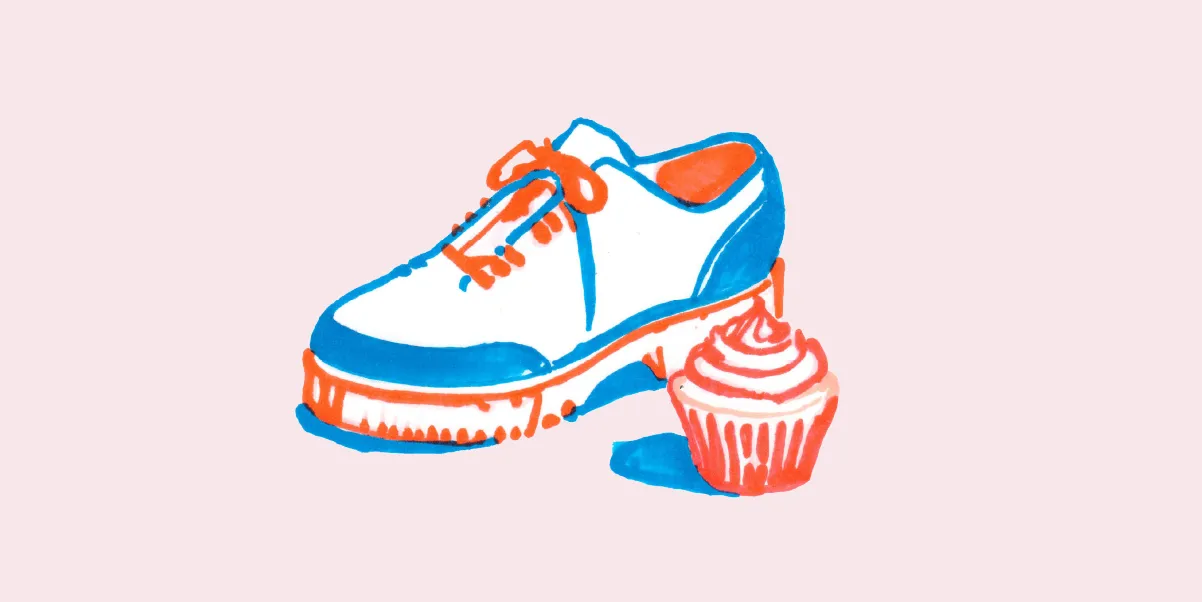
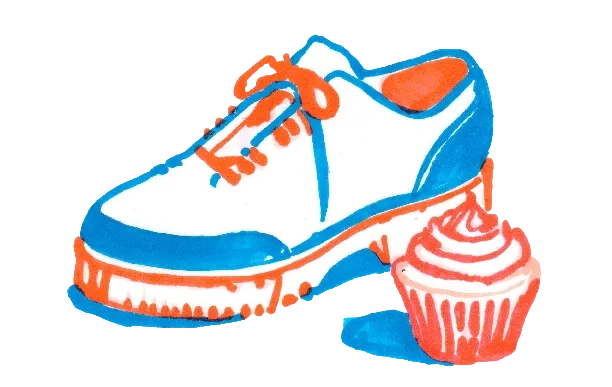
Private Sector Playbook
Successful experiential marketing examples from the business world
As school leaders, you are no doubt familiar with the proven benefits of experiential learning models. Students who conduct experiments in a chemistry lab become part of the scientific process; they develop a better understanding of chemistry principles, and they retain that knowledge longer than they would from a traditional lecture.
Experiential marketing works in much the same way—customers who participate in a positive branded experience develop a strong and lasting connection to that brand. Successful campaigns create memorable moments that resonate with consumers beyond traditional advertising methods. According to a survey conducted by Statista, 93% of consumers claim that live events have a larger influence on them than TV ads. What’s more, people tend to share those memorable moments with friends and followers. A report by the Event Marketing Institute showed a whopping 98% of consumers create digital or social content at branded events and experiences.
So what does this have to do with you? Schools already host numerous experiential marketing events every year, whether or not you think of them as such—take football games, school dances or choir performances, for example. These events foster a sense of community and help drive positive feelings about your schools.
Whether you want to improve existing events like the ones mentioned above or introduce new ones, we hope this roundup of successful experiential marketing examples in the private sector will inspire you. (We’ve also included a couple of unsuccessful ones to help you avoid making the same mistakes.) Remember, a successful event is just a memory in the making. And if you deliver a good memory, you won’t only win a fan for life—you might just win their friends and followers, too.
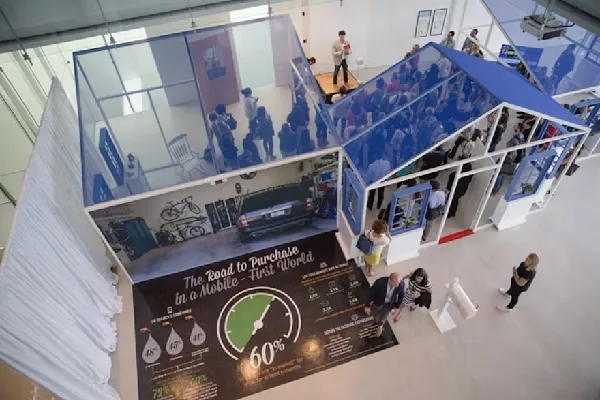
Experiential marketing lesson #1: Consider your audience.
This one might seem obvious, but it’s worth emphasizing: The very first step to putting on a successful experiential marketing event is to consider what your audience wants and needs. In 2014, Facebook (now Meta) launched Facebook IQ, a platform that provided businesses with valuable insights into consumer behavior. However, the social media company soon realized many of its potential customers—in this case, the advertisers that stood to benefit from those insights—didn’t really understand how to interpret or take advantage of the data the platform provided.
To better educate its consumers, Facebook set about creating a fun and memorable experience that would demonstrate the value of its metrics. Facebook invited business representatives to “IQ Live,” a mock neighborhood where attendees could walk around to locations like a coffee shop or a newsstand to witness data come to life. In one of the installations—a model home—attendees could watch actors play parents of a newborn to illustrate the IQ platform’s findings: New moms check Facebook at 3 or 4 a.m. because they are up feeding and tending to their babies, making it a lucrative time of day to place targeted ads.
The event was a success. When surveyed by Momentum Worldwide, the agency that designed IQ Live, 93% of attendees said the experience provided invaluable insight on how to use Facebook IQ to benefit their businesses. Facebook discovered its audience needed information, and the company created an immersive experience in which to give it to them.
The goal of an experiential marketing campaign is to build strong relationships with customers that will go the distance. However, if the experience runs counter to your audience’s interests—or worse, offends them—you could lose them, and negativity spreads just as quickly as positivity. Consider the disastrous 2015 marketing campaign for the Amazon Prime TV series “The Man in the High Castle.” The show imagines an alternate history in which the Axis powers win World War II, giving Nazi Germany and Imperial Japan divided control over the United States.
It’s a thought-provoking concept for a TV series, but the show’s experience marketing team turned the idea into a nightmarish reality for many riders of the New York City subway. Advertisements for the show plastered Nazi imagery across the seats, walls and ceilings of a busy train connecting Times Square and Grand Central Station in Manhattan. The stunt caused an uproar, and Mayor Bill de Blasio demanded that Amazon remove the ads, calling them “irresponsible and offensive to World War II and Holocaust survivors, their families, and countless other New Yorkers.”

So what can you learn from Amazon’s mistake? In experience marketing as in medicine, success starts with the tenet, “First, do no harm.” When you’re planning something, strive for inclusivity. Representation, accessibility accommodations and respect for different cultures are essential for hosting events in your school or district that will please, not put off, your audience. If you’re not sure what your stakeholders want or need, don’t be afraid to ask them directly! Survey parents and teachers to determine unfulfilled wishes. You will get valuable feedback, and they will know their opinions matter.
Experiential marketing lesson #2: Form a partnership.
Two heads are better than one—it’s an idiom that applies to both problem-solving and planning experiences. Take the following experiential marketing example: In 2015, Google launched Google Photos, a new—you guessed it—photo-sharing app. To advertise it, Google parked a branded food truck in downtown Austin during the SXSW music festival and offered passersby free cupcakes. All customers had to do was take a picture of the food truck, download the Google Photos app and share the photo to get their cupcake. The more photos were shared, the more people flocked to the truck.
It was a fun and effective way to gain new users, but that was only the beginning. Fast-forward an hour or two, and along came Zappos to crash Google’s party. The online retailer set up a makeshift mobile store right next to Google’s cupcake truck and offered goods such as shoes and electronics in exchange for cupcakes. All of a sudden, customers were caught up in a friendly tête-á-tête between two tech giants. The stunt garnered even more attention for the Google Photos app, and Zappos was able to piggyback off of Google’s campaign to attract attention to themselves.
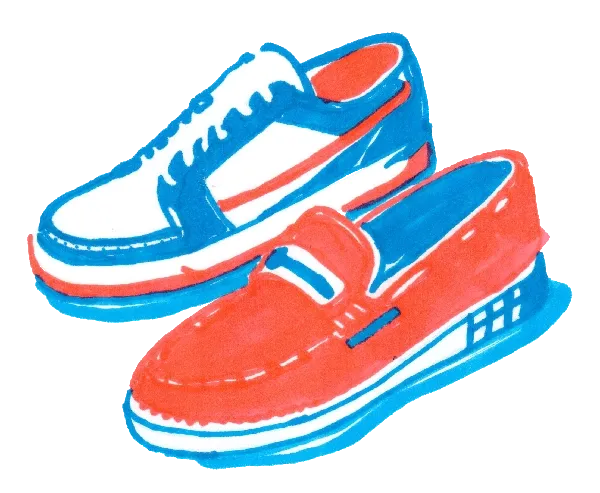
Although Google and Zappos have never confirmed the partnership, the point remains the same: Joining forces with another organization can increase your brand’s exposure while potentially offsetting some of the costs and labor of staging an event. And though you certainly don’t have to start a fight to reap the rewards, sometimes a little friendly competition is a plus for both parties. Think of a high school sporting event—what is a football game if not a face-off between two different brands that provides a memorable experience for fans of both?
What other events could you co-host with a nearby school or district? Would any companies in town be willing to donate supplies in exchange for free advertisement? Get out there and make some friends—or even frenemies—to set your next marketing experience up for success.
Experiential marketing lesson #3: Encourage sharing.
We’ve all heard the phrase “sharing is caring,” but it’s overused because it’s true. We teach children to be generous by sharing their toys with their classmates, and we demonstrate kindness by donating canned goods to food banks. The European chocolate brand Milka bet on this kindness with their experiential marketing campaign “The Last Square,” in which the company sold incomplete chocolate bars to an unsuspecting public. Seems like a bad idea, right? But in place of those missing chocolate squares, the company engaged consumers with a choice: Contact us and we will deliver your missing chocolate to you or to someone else, free of charge.
A large number of customers chose to share their chocolate with a friend, which increased the brand’s customer base and won it valuable (chocolate) brownie points for spreading good cheer. Milka’s campaign is a perfect real-world illustration of how your brand benefits when your audience shares good vibes with other people. The impact is even bigger when your audience shares online.
Many of us had Barbie dolls growing up, but not many of us felt represented by the brand’s narrow selection of skin tones, hair textures and body types. When “Barbie” was released in 2023, Mattel not only banked on a nostalgic connection to its brand to drive audiences to the theater, but also invited new and disgruntled customers to see it. How? The company installed life-sized Barbie boxes at cinemas around the country that invited moviegoers to step inside and see themselves in the box, possibly for the first time. The brand launched an online “Barbie selfie generator” in tandem, allowing people to insert photos of themselves in the roles of Barbie and Ken against backdrops from the film.
People appreciated the sentiment and shared their Barbie selfies on social media platforms, using the hashtag #Barbie. Those shares drove more people to the theater to see the movie and to take their own selfies. (While we’re on the subject, a selfie station is an affordable and reliable option for encouraging the public to post about an experience.)
Online shares reach a larger audience and word spreads faster than in real life, so don’t neglect to devise a digital strategy at the same time you plan your event. As you’re planning your school dance, for example, why not create a prom hashtag? Doing so makes social media chatter about your event easier to track and encourages your audience members to interact with one another.
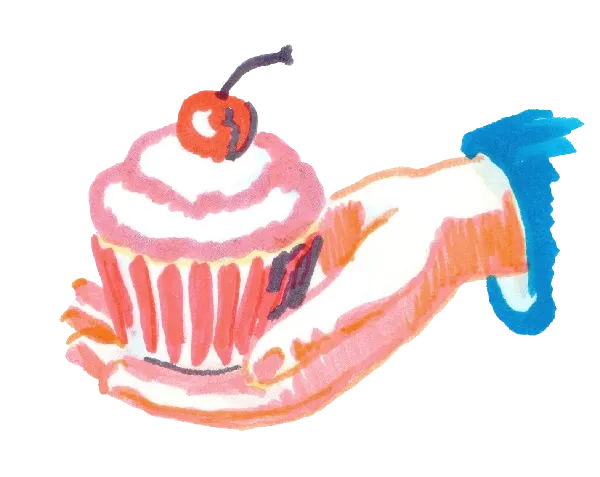
Experiential marketing lesson #4: Think beyond IRL.
Not all experiential marketing experiences are event-based—take Milka’s “The Last Square” campaign—and in fact, they don’t even have to take place in the real world. When Benefit Cosmetics launched its new Magnet Extreme Lengthening Mascara, it faced a very big obstacle in promoting it: the pandemic. Traditionally, consumers like to test makeup products before they buy, which created a challenge because most retail locations were closed at the time.
To draw attention to its new product, Benefit hatched an immersive experience in which users could collect tokens and exchange them for discounts on online purchases, free mascara samples or virtual beauty consultations. Once users signed into Benefit’s platform, they were asked to share their location. Next, thanks to augmented reality, “gamers” could use their phones to find those tokens in the real world.
While using virtual reality as a tool is probably out of reach for most schools and districts, you can still gamify an online experience by creating contests and challenges. Remember when everyone started dumping ice buckets on their heads for ALS? It was successful because a) people liked challenging themselves, b) it was fun to see friends and celebrities squeal in shock when they got iced, and c) it was for a good cause! Can you think of a similar challenge that could gamify fundraising for new art supplies?
You can also engage your online audience with interactive polls on Instagram or TikTok to make them active viewers of your content. Ask students to vote on their favorite food and serve the winning dish at lunch Friday. However you go about it, let your followers interact with your school or district in a fun way—because fun is a good impression for people to have and spread about your brand.
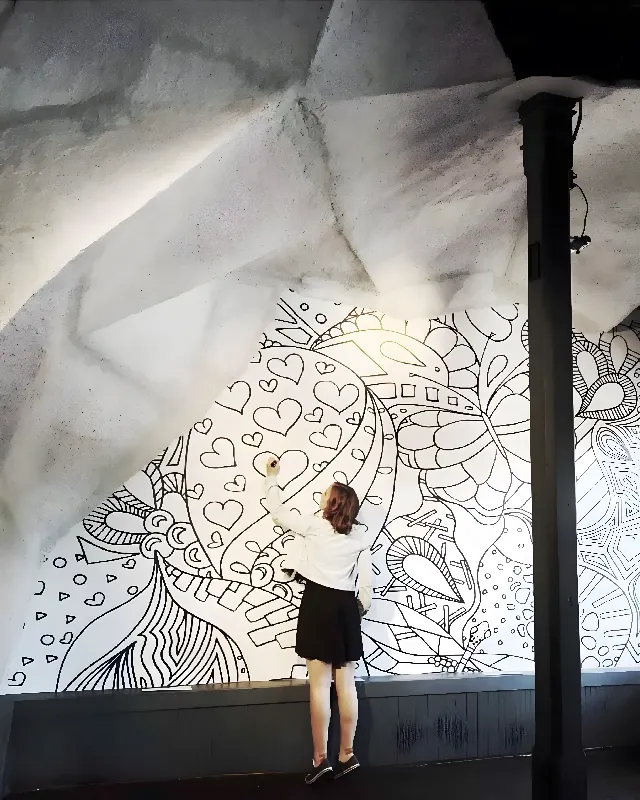
Experiential marketing lesson #5: Let people express themselves.
When was the last time you sat down to create something with your hands? American Greetings asked consumers the same question, and the answer was, “Not in a long time.” In 2016, the company invited SXSW attendees to #analog with them, providing a space for people to take a break from their busy days to craft. They also invited people to fill in a page of their “coloring book mural,” a big collaborative work of art that gave people a sense of accomplishment when they saw the finished product. Furthermore, photos of the mural were posted online inviting contributors to tag themselves.
Lean Cuisine provided another opportunity for customers to express themselves with its #WeighThis campaign. Once the most popular brand in the grocery freezer aisle, Lean Cuisine’s reputation began to lag as public opinion about dieting and weight loss changed. Female consumers felt they were valued more for their physical appearance than their accomplishments, so Lean Cuisine provided a space for women to write what they were most proud of—a gallery of writing boards that looked like scales in New York City’s Grand Central Station. Their responses included being a combat veteran, surviving brain surgery and helping children with autism.
A brand that was once a symbol of 1980s diet culture gave women an opportunity to publicly reject dieting and recorded it on video to share with a wider audience. It might seem like a risky move, but the video campaign led to a 33% increase in positive brand perception. You don’t have to rent out Grand Central Station to give your stakeholders a voice—but you can incorporate similar exercises into pre-existing events. On back-to-school night, for instance, maybe you could ask students and parents to write what they’re most excited about for the new school year and display their answers—both at school and online.

Experiential marketing lesson #6: Do a test run.
If you’re planning a brand-new experience or you’re incorporating challenging new elements into an existing event, it’s important to think about Murphy’s Law: Assume anything that can go wrong will go wrong. IBM forgot the adage when it used biodegradable chalk stencils to write slogans advertising the Linux operating system on sidewalks and walls across San Francisco. Unfortunately, the drawings didn’t wash off, and the city ordered IBM to pay a $100,000 fine and about $20,000 in clean-up costs. If IBM had simply spot-tested the chalk on a small area of private property, it would have avoided this whole mess.
But if you think paying a big fine is bad, consider how you would feel if you seriously injured members of your audience. Jägermeister, a German liqueur brand, did just that when it hosted a pool party in Mexico in 2013. The organizers poured liquid nitrogen into the pool to create fog, not realizing the element becomes toxic to humans when combined with chlorine. Nine partygoers had to be taken to the hospital, and needless to say, the Jägermeister brand took a big hit for it.
The takeaway? If you hold a school movie night, test the projector before the big night. If you host a haunted house, do a walk-through to make sure any special effects are safe. You shouldn’t leave important details up to chance, especially where health and safety is concerned.
Let’s not beat around the bush: Experiential marketing takes a lot of time, effort and coordination. While we know you don’t have the same resources as Fortune 500 companies, you can still learn from their wins and losses to engage your stakeholders in a more meaningful and memorable way—one that will strengthen their connection to your brand and create new ones. Trust us, it’s worth it.

